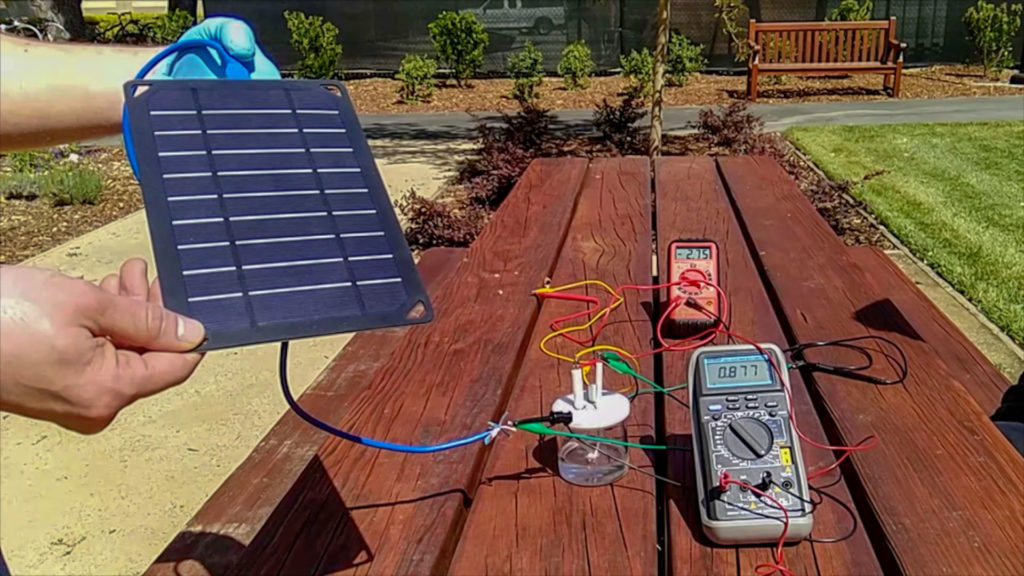
The ocean may soon be a valuable source of renewable energy.
A team of scientists at Stanford have figured out a way to make hydrogen fuel out of saltwater. The discovery could open up the world’s oceans as a potential source of energy. Researchers view electrolysis, or the act of splitting water into hydrogen and gas, as a promising new source of renewable energy. But it comes with many roadblocks; a major one being that only purified water can be used in electrolysis. Seawater tends to corrode water-splitting systems.
Unfortunately, purified water is in itself a scarce resource. Which is why Stanford chemistry professor Hongjie Dai and her team sought out to discover a way to keep salt water from breaking down devices used for water-splitting. “We barely have enough water for our current needs in California,” said Dai in a press release.
The Stanford team layered nickel-iron hydroxide and nickel sulfide on top of a nickel foam core, essentially creating a barrier that would slow down the decay of the underlying metal. By acting as a conductor, the nickel foam transports energy from the power source and the nickel-iron hydroxide sparks the electrolysis. What happens without the nickel coating? The water-splitting device lasts roughly 12 hours, unable to withstand seawater corrosion. But with the nickel layer, the device can keep going for more than a thousand hours.
We’re still far away from harnessing ocean water as a new renewable energy source. The new discovery hasn’t been attempted outside of Stanford’s research labs. But scientists are hoping it will pave the way for increased use of hydrogen fuel.


